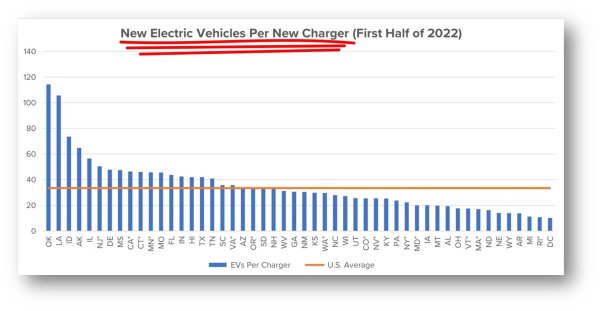By John Bozzella
Big news on the electric vehicle charging front this week. The Joint Office of Energy and Transportation officially signed off on the EV infrastructure plans submitted by all 50 states, Washington, D.C. and Puerto Rico.
What does it mean?
The $5 billion set aside for a national public charging infrastructure network (in last year’s bipartisan infrastructure bill) can get to states immediately to help build EV charging stations – especially on 75,000 miles of American highways.
And not a moment too soon.
In our latest Q2 Get Connected report, we found EVs were 6.6 percent of new light-duty vehicle sales. That’s up almost three percentage points from the same period in 2021. More positive indicators: 83 EV models – cars, utility vehicles, pickups and vans – are now available for sale in the United States.
All good news. But...
We’ve only got a bit over 100,000 non-proprietary public charging outlets in this country. We’ve added 420,000 new EVs since the beginning of 2022… but only 12,600 new chargers. We did the math: that works out to about 33 new EVs for every new public port. Not enough.

That’s why this announcement and this major down payment from the administration to expand publicly available EV charging is a big deal. We’re not adding public charging in this country nearly fast enough to keep up with the pace of EV sales.
Reliable and ubiquitous public charging is key not just to overcoming range anxiety, but to convincing drivers – who might be on the fence about an EV – that going electric is right for them.
Great (and fast) work by the Joint Office of Energy and Transportation. Just the type of bipartisan government policy that will help us achieve our shared electric transportation goals.
###
Additional Resources:
Recommended Attributes for EV Charging Stations (released in December 2021) outlines a comprehensive framework for federal and state-level investment to meet the needs of current and future EVs, including recommendations on interoperable connectors, payment methods, accessibility, station layout and more.
EV Infrastructure Guiding Principles (released in September 2021) focus on EV charging infrastructure investments and developments broadly, including legislative and utility-based processes and policies that will support more customers as they buy or lease EVs.

